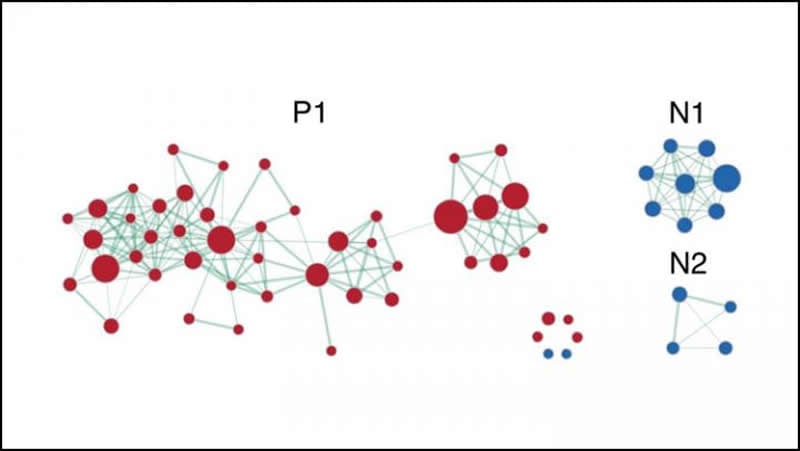Summary: Cortical and subcortical memory regions exhibit distinct genetic signatures that reflect potential differences in health and disease.
Source: SfN
Despite their common involvement in memory, the human cortex and subcortex display a distinct collection of gene signatures. The work recently published in eNeuro increases our understanding of how the brain creates memories and identifies potential genes for further investigation.
While scientists have extensively explored the anatomy and function of memory, its biological basis remains a mystery. Tan et al. analyzed the distribution of gene expression across brain regions linked with memory in humans to identify gene signatures of memory. To do so, the research team examined data from the Allen Human Brain Atlas, containing expression data for ~24,000 genes, in memory areas defined by a neuroimaging database. The team distilled the gene expression into memory gene signatures using bioinformatics.
The analysis revealed a set of unique genes expressed in the cortical memory areas, containing the entorhinal cortex, and another set in the subcortex, including the hippocampus. Genes preferentially expressed in the cortex are involved in memory processes and immune signaling.

The subcortex expressed genes associated with generating new neurons and genes that give rise to non-neuronal brain cells.
Genes expressed in both areas are involved in mRNA production and the cellular changes needed for memory creation.
Source:
SfN
Media Contacts:
Calli McMurray – SfN
Image Source:
The image is credited to Tan et al., eNeuro 2019.
Original Research: Closed access
“Distinct Genetic Signatures of Cortical and Subcortical Regions Associated With Human Memory”. Pin Kwang Tan, Egor Ananyev and Po-Jang (Brown) Hsieh.
eNeuro doi:10.1523/ENEURO.0283-19.2019.
Abstract
Distinct Genetic Signatures of Cortical and Subcortical Regions Associated With Human Memory
Despite the discovery of gene variants linked to memory performance, understanding the genetic basis of adult human memory remains a challenge. Here, we devised an unsupervised framework that relies on spatial correlations between human transcriptome data and functional neuroimaging maps to uncover the genetic signatures of memory in functionally-defined cortical and subcortical memory regions. Results were validated with animal literature and showed that our framework is highly effective in identifying memory-related processes and genes compared to a control cognitive function. Genes preferentially expressed in cortical memory regions are linked to memory-related processes such as immune and epigenetic regulation. Genes expressed in subcortical memory regions are associated with neurogenesis and glial cell differentiation. Genes expressed in both cortical and subcortical memory areas are involved in the regulation of transcription, synaptic plasticity and glutamate receptor signalling. Furthermore, distinct memory-associated genes such as PRKCD and CDK5 are linked to cortical and subcortical regions respectively. Thus, cortical and subcortical memory regions exhibit distinct genetic signatures that potentially reflect functional differences in health and disease, and nominates gene candidates for future experimental investigations.
SIGNIFICANCE STATEMENT
The anatomical and functional aspects of human memory are well characterized, but its biological mechanisms are poorly understood. Here, to uncover genetic signatures associated with human memory function, we analyzed spatial correlations between micro-scale gene expression and macro-scale neuroimaging maps to derive memory-related biological processes and genes in an unsupervised manner. We found the gene signatures of cortical and subcortical memory to be largely distinct and are associated with memory. We identified less characterized memory-associated genes as well. Furthermore, our framework demonstrated effectiveness and precision in identifying gene signatures related to memory versus another function as a control. Overall, our work provides a human-centric approach to understanding the genetics of cognition, and identifies potential gene candidates for future experimental investigations.






